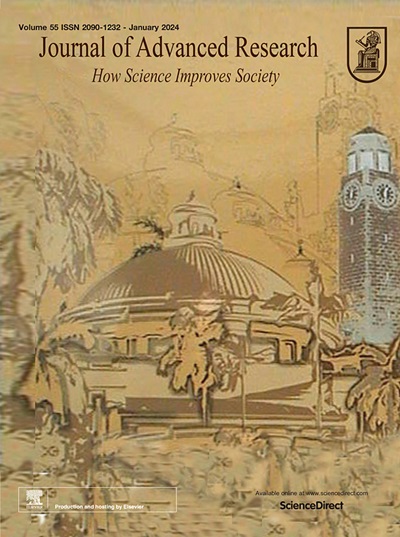NAC transcription factor GbNTL9 modifies the accumulation and organization of cellulose microfibrils to enhance cotton fiber strength
IF 11.4
1区 综合性期刊
Q1 MULTIDISCIPLINARY SCIENCES
引用次数: 0
Abstract
Introduction
Fiber strength is a critical determinant of fiber quality, with stronger fibers being highly preferred in the cotton textile industry. However, the genetic basis and the specific regulatory mechanism underlying the formation of cotton fiber strength remain largely unknown.Objectives
To explore fiber strength-related genes, QTL mapping, map-based cloning, and gene function verification were conducted in a backcross inbred line BS41 derived from interspecific hybridization between upland cotton and sea-island cotton.Methods
Upland cotton Emian22 (E22) and an interspecific backcross inbred line (BIL) BS41 were used as parents to construct secondary segregation populations for BSA and QTL mapping of fiber strength. The candidate gene GbNTL9 was identified through map-based cloning and expression analysis. The function of NTL9 was determined through transgenic experiments and cytological observations. The regulatory mechanisms of NTL9 were explored using RNA-seq, RT-qPCR, yeast two-hybrid, bimolecular fluorescence complementation, and yeast one-hybrid.Results
A major QTL for fiber strength, qFS-A11-1, was mapped to a 14.6-kb genomic region using segregating populations from E22 × BS41. GbNTL9, which encodes a NAC transcription factor, was identified as the candidate gene. Overexpression of both upland cotton genotype NTL9E22 and sea-island genotype NTL9BS41 in upland cotton enhanced fiber strength by facilitating the dense accumulation and orderly organization of cellulose microfibrils within the cell wall. Transcriptomic analysis revealed that NTL9 inhibited the expression of genes involved in secondary wall synthesis, such as CESA4, CESA7, and CESA8, thereby delaying cell wall cellulose deposition and altering the microfibril deposition pattern. NTL9 interacted with MYB6 and functioned as a downstream gene in the ethylene signaling pathway. Additionally, an effective gene marker NTL9-24 was developed to distinguish haplotypes from G. barbadense and G. hirsutum for fiber quality breeding program.Conclusion
Our findings demonstrate that GbNTL9 positively regulates fiber strength through altering the microfibril deposition pattern, and provide a new insight into the molecular mechanism underlying fiber strength.

求助全文
约1分钟内获得全文
求助全文
来源期刊

Journal of Advanced Research
Multidisciplinary-Multidisciplinary
CiteScore
21.60
自引率
0.90%
发文量
280
审稿时长
12 weeks
期刊介绍:
Journal of Advanced Research (J. Adv. Res.) is an applied/natural sciences, peer-reviewed journal that focuses on interdisciplinary research. The journal aims to contribute to applied research and knowledge worldwide through the publication of original and high-quality research articles in the fields of Medicine, Pharmaceutical Sciences, Dentistry, Physical Therapy, Veterinary Medicine, and Basic and Biological Sciences.
The following abstracting and indexing services cover the Journal of Advanced Research: PubMed/Medline, Essential Science Indicators, Web of Science, Scopus, PubMed Central, PubMed, Science Citation Index Expanded, Directory of Open Access Journals (DOAJ), and INSPEC.
 求助内容:
求助内容: 应助结果提醒方式:
应助结果提醒方式:


